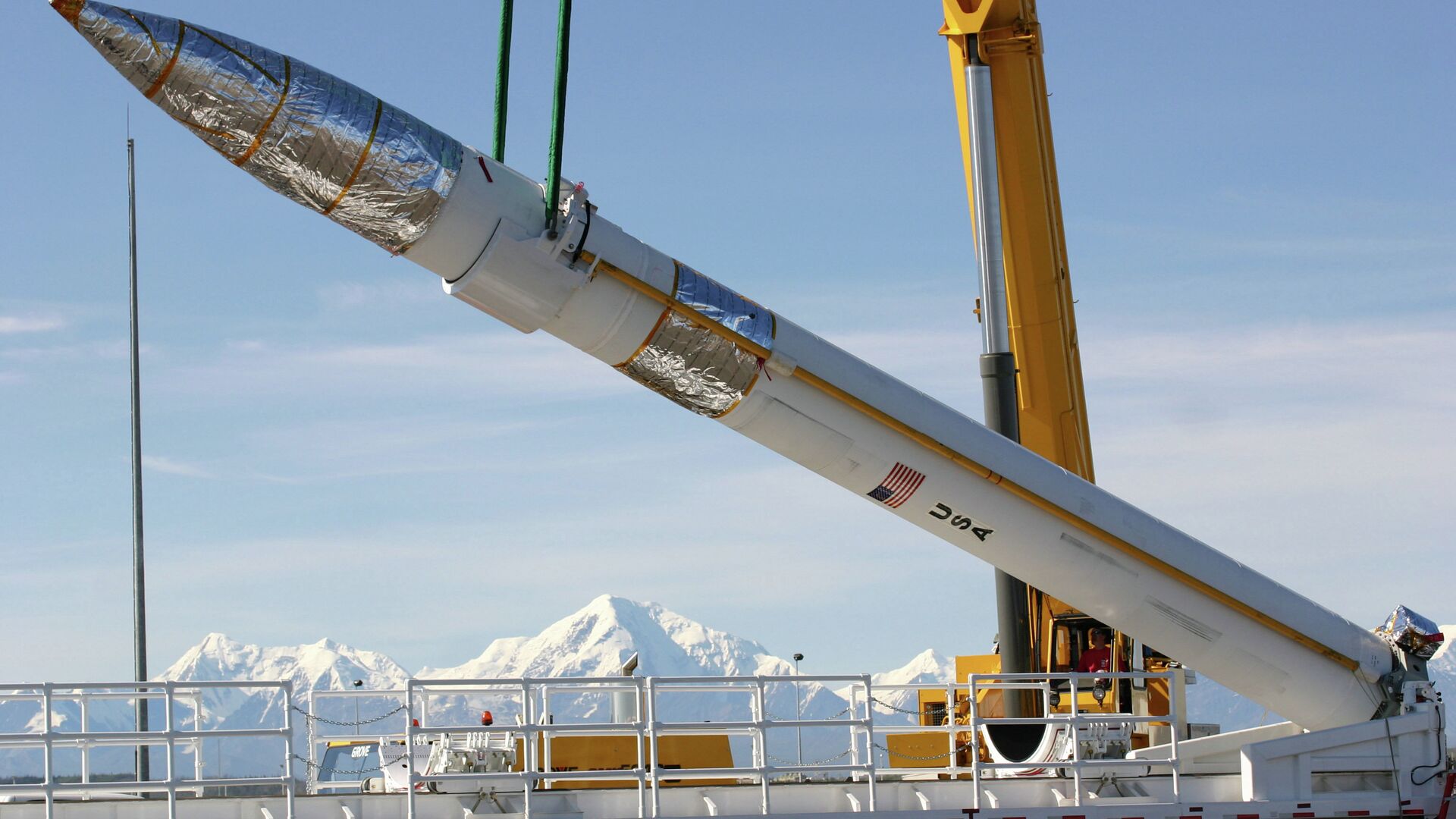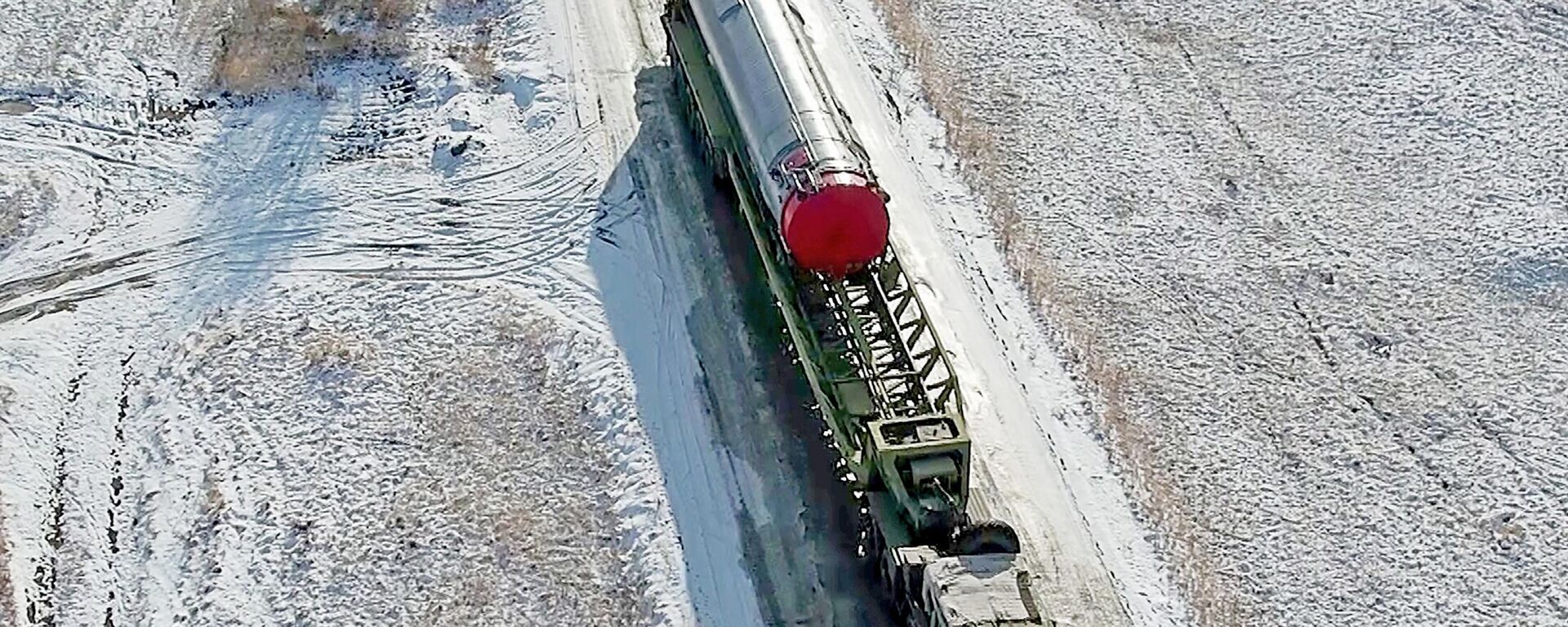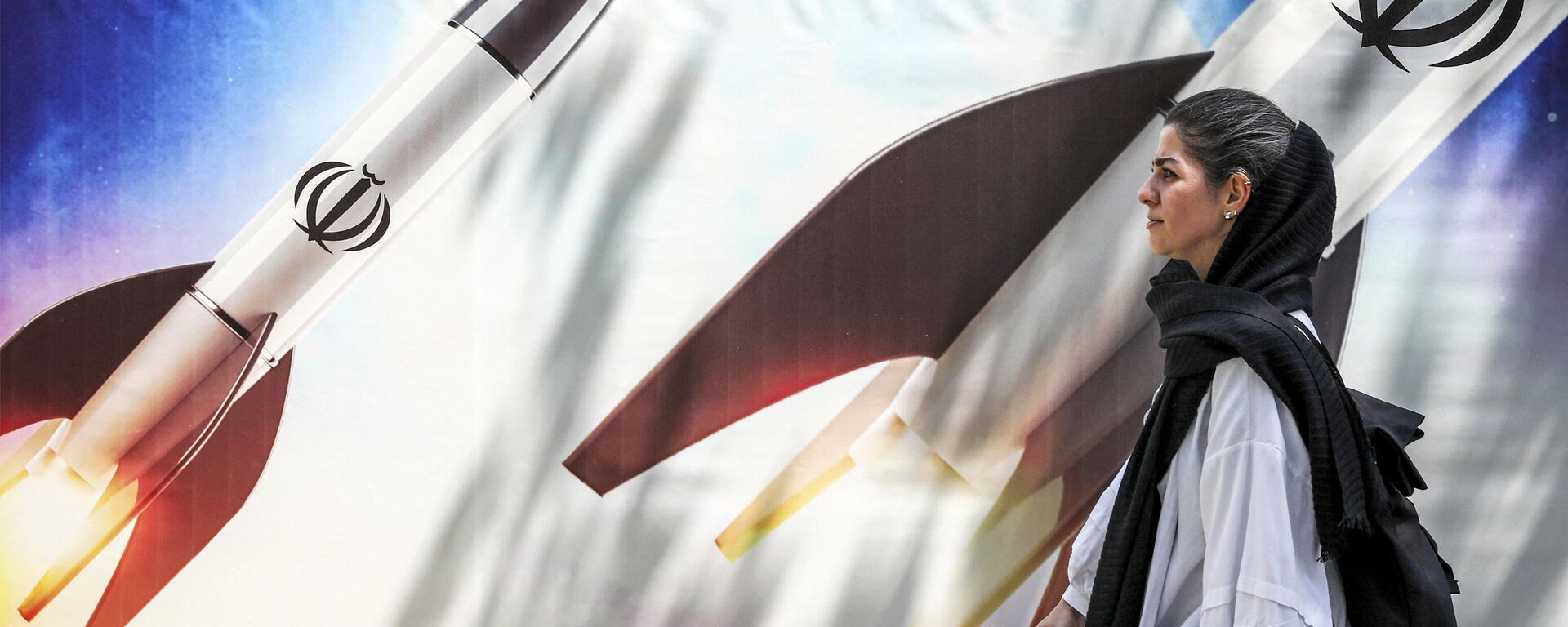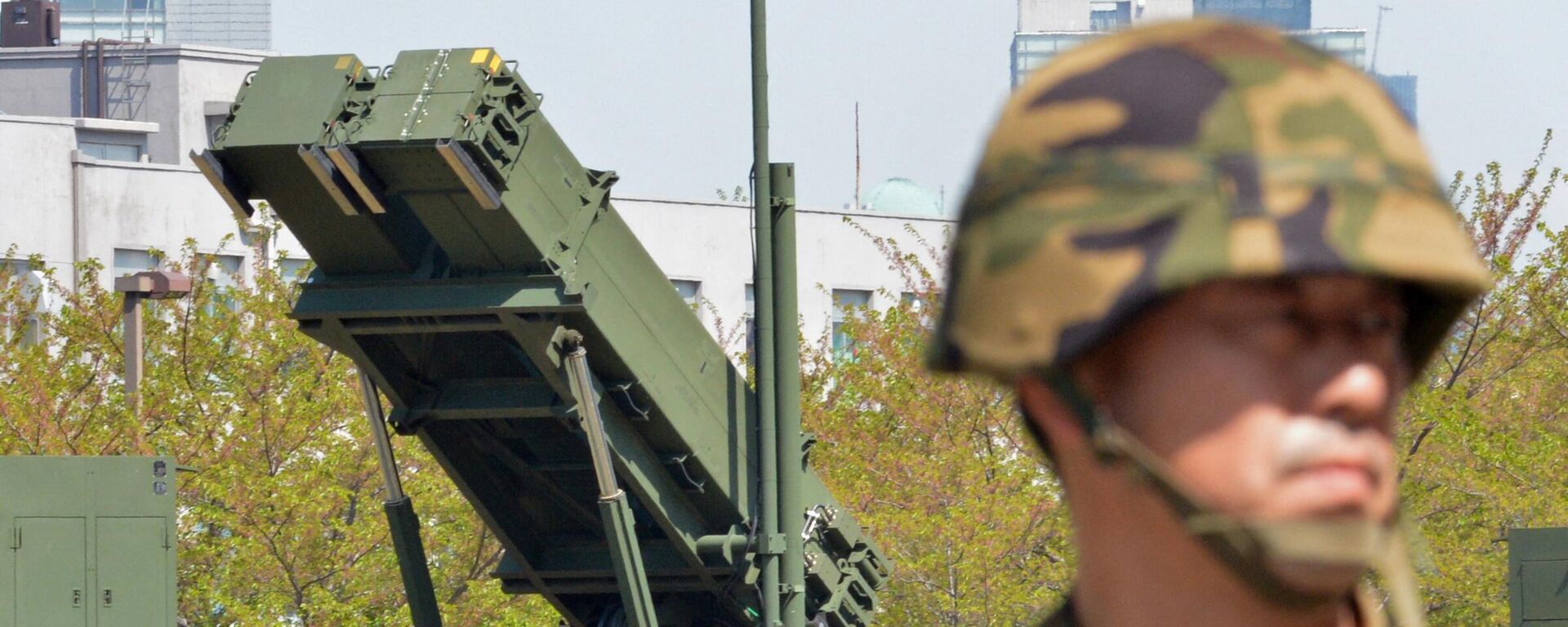US Defenseless Against Russian Hypersonic Missiles and Iranian Drones - Explosive DoD Testimony
12:07 GMT 09.05.2024 (Updated: 13:13 GMT 09.05.2024)

© Flickr / The U.S. Army
Subscribe
The crisis in Ukraine and escalating tensions in the Middle East have demonstrated that the US’ $886 billion defense budget has not translated into real-world capabilities on the ground. Now, an explosive verbal exchange on Capitol Hill has revealed that North America’s skies are defenseless against not only Russian, but even Iranian missiles.
An otherwise boring and formulaic briefing by senior Pentagon officials to lawmakers from the Senate Armed Services Subcommittee on Strategic Forces went off the rails on Wednesday after subcommittee Chairman Angus King took the floor and forced Department of Defense officials to reveal that North America is helpless against adversaries it has spent years agitating around the world.
“The truth is we have no defense for hypersonic missiles – yes or no? Mr. Hill, any defense on the hypersonic missile? You’re the commander of an aircraft carrier in the Greenland Gap. If we have a hypersonic missile launched from Murmansk [traveling at] 6,000 miles an hour, what do you do?” King asked, querying Deputy Secretary of Defense for Space and Missile Defense John Hill.
“We have some systems to defend in the terminal stage but we need more, you’re correct, Senator King… that our hypersonic defenses are inadequate and we do need [more]. SM-6 is in the Navy’s terminal range [capability], the Patriot – I’ll let General Gainey speak to the specifics on that. Those are examples but no argument, we need to focus on hypersonic defenses,” Hill responded.
“So why are we talking about 2029 and even stretching that out? This is next year kind of stuff. I don’t get your budget,” King countered, referencing the lack of focus on anti-hypersonic capabilities in current US defense spending plans.
“What we faced in the budget this year – it was a difficult year, particularly with the Fiscal Responsibility Act caps that we had to work with. There were must-pay bills that we had to work with for the personnel, the salaries, the health care, inflation costs. When you get down to the point of where you get down to the discretionary types of things where you can really control your choices,” Hill said.
“But that’s your mission – your mission is missile defense,” King retorted.
“The budget decisions are made at a higher level and so you’re trading off between readiness or your future investments,” Hill said.
“Well let me put the question another way: let’s say what happened on April 14 [Iran’s retaliatory missile and drone attack on Israel, ed.] happened over the Arctic Ocean – 300 missiles, drones, UAVs came across the Arctic Ocean toward Canada and North America. Could we do what Israel and we and other countries did – could we knock down 99 percent of those missiles coming in?” King asked.
“No chairman,” Air Force General Gregory Guillot, commander of US Northern Command and North American Aerospace Defense Command (NORAD), responded.
“That’s of concern,” King said. “What’s the gap – is the gap interceptors, is the gap sensors? How come they could do it over there and we can’t do it here?” he asked.
“Part of the reason, Mr. Chairman, is because they have the deployed forces. So at the current time we have the capability in the services but they’re not assigned to Northcom’s area of responsibility,” Guillot said. “Also, just the numbers of the assets that we have in the region right now would not be sufficient to meet the attack of that size that the Iranians [used].”
“And in fact our capability in the region is really aimed toward North Korea, isn’t that correct? [...] It’s not designed to take on Russia or China. But that’s where the threat is. What’s the cost of one GBI?” King asked, referring to the US’ Ground-Based Interceptor anti-ballistic missile system.
“Sir, the GBI is approximately $80-$85 million,” Hill replied.
“One missile to intercept an incoming missile is $80 million,” an astonished King said. “Well in the Red Sea, the Houthis are sending $20,000 drones and we’re shooting them down with missiles that cost $4.3 million. The math doesn’t work on that, gentlemen. It just doesn’t work. What are we thinking?”
The senator went on to grill Pentagon officials for spending just one 1,000th of the defense budget on directed energy defenses, asking “what in the hell are you guys thinking?”
“Directed energy is the answer. It costs 25 cents a shot, and the budget’s gone down from $140 to $15 million a year. That’s a scandal. We can’t possibly defend ourselves with $80 million missiles. There’s not enough money in the whole world for that,” King emphasized.
“So I’ll look forward to some further response because right now, we don’t have much missile defense. Whether it’s to hypersonics, to drones, I’d like you guys to go back and really rethink what is your mission. If your mission is missile defense, we need to reorient what it is you do,” the senator summed up.







